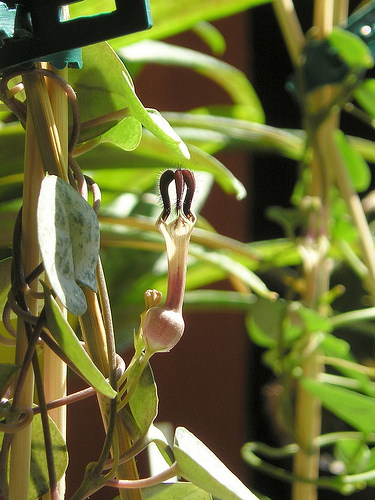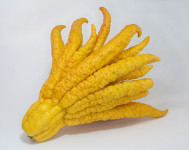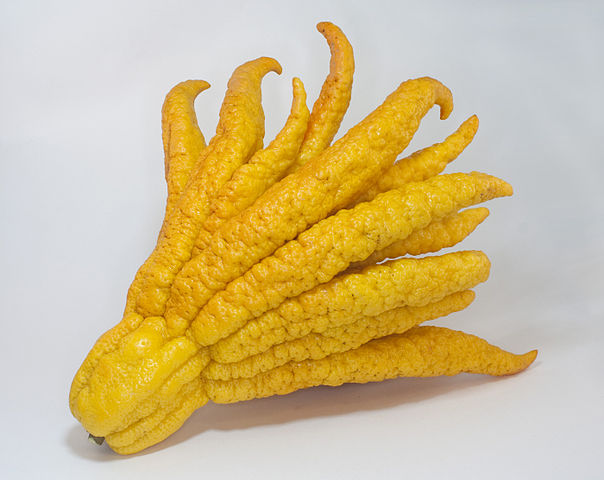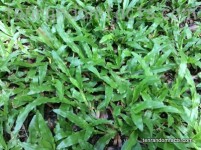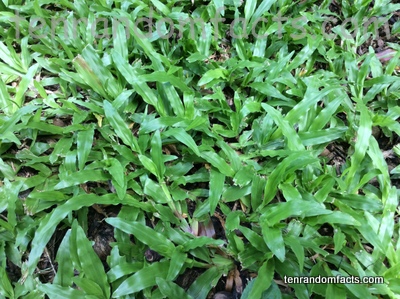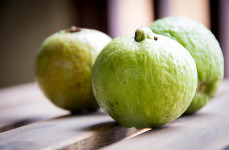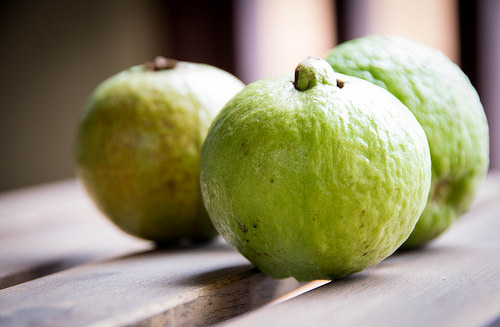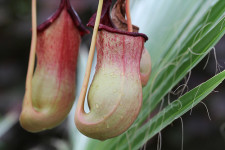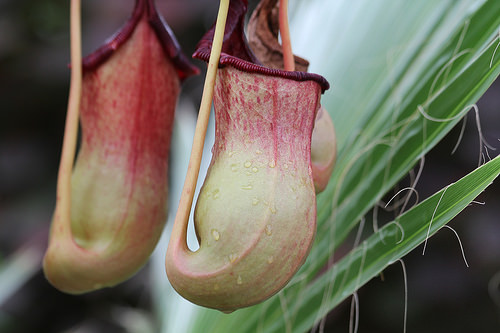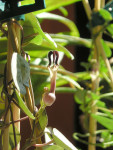
Rosary vines really spiff up the outdoors with their appealing leaves and flowers.
- A rosary vine is a species of perennial flowering plant, native to southern areas of Africa, including Zimbabwe, Swaziland, and South Africa.
- ‘Rosary vines’ are also known as ‘sweetheart vines’, ‘chain of hearts’, ‘string of hearts’, ‘heart vines’, ‘hearts-on-a-string’, and ‘collar of hearts’.
- The scientific name of a rosary vine is Ceropegia woodii and it is from the family Apocynaceae, the family of dogbanes; and it has received the Award of Garden Merit from England’s Royal Horticultural Society.
- The leaves of rosary vines are heart-shaped, and are typically dark green with distinct light coloured markings on the top, and they may be purple or green underneath.
- The length of rosary vines can reach two to four metres (6.5 to 13 feet), and leaves are usually situated in pairs, spaced along the long purple stems.
Rosary Vine
Image courtesy of Maja Dumat/Flickr
- The white to pink and violet coloured, tube-shaped flower of the rosary vine has a globular base, while the tips of the flower are connected, and along with the hairs found in the flower, this helps to detain insects to ensure effective pollination.
- The rosary vine’s first documented discovery dates to 1881 in Natal, South Africa, found by English botanist John Medley Wood, who sent a specimen to the United Kingdom in 1894 for classification.
- Rosary vines are best suited to partly shady areas; and they mainly bloom in summer and autumn, though depending on the climate, they may flower at other times of the year.
- The rosary vine grows from a tuber that can multiply, and the tubers may form on the stems of the plant, and these can be cut off and used to establish new vines.
- Rosary vines are commonly grown for ornamental purposes, particularly in hanging baskets, and they can be grown as an indoor houseplant, though they will need exposure to light to remain healthy.



